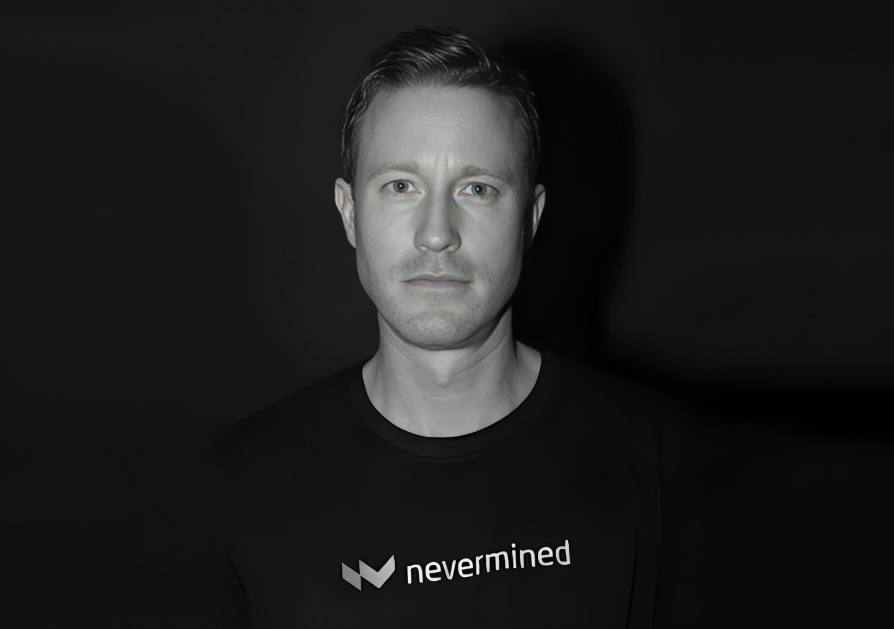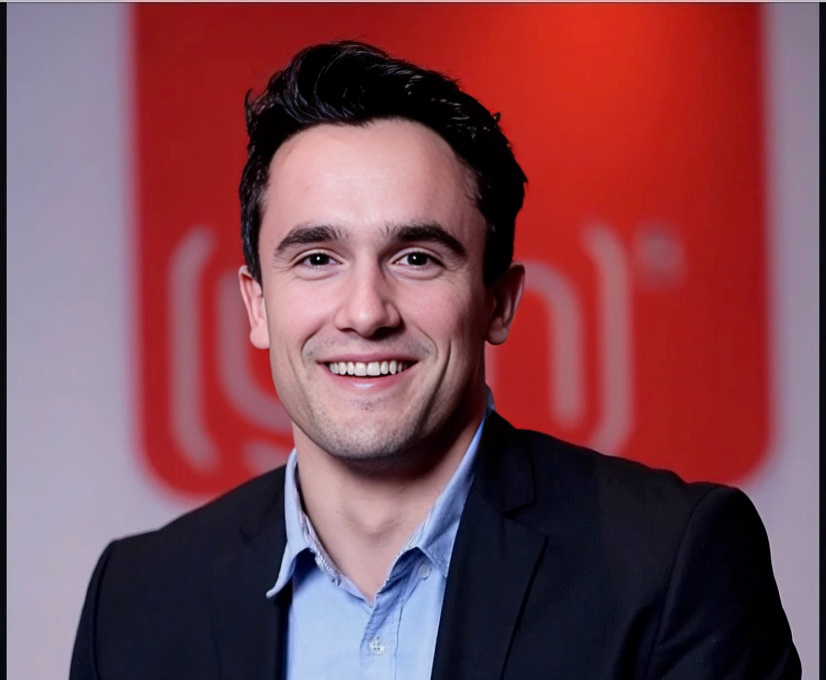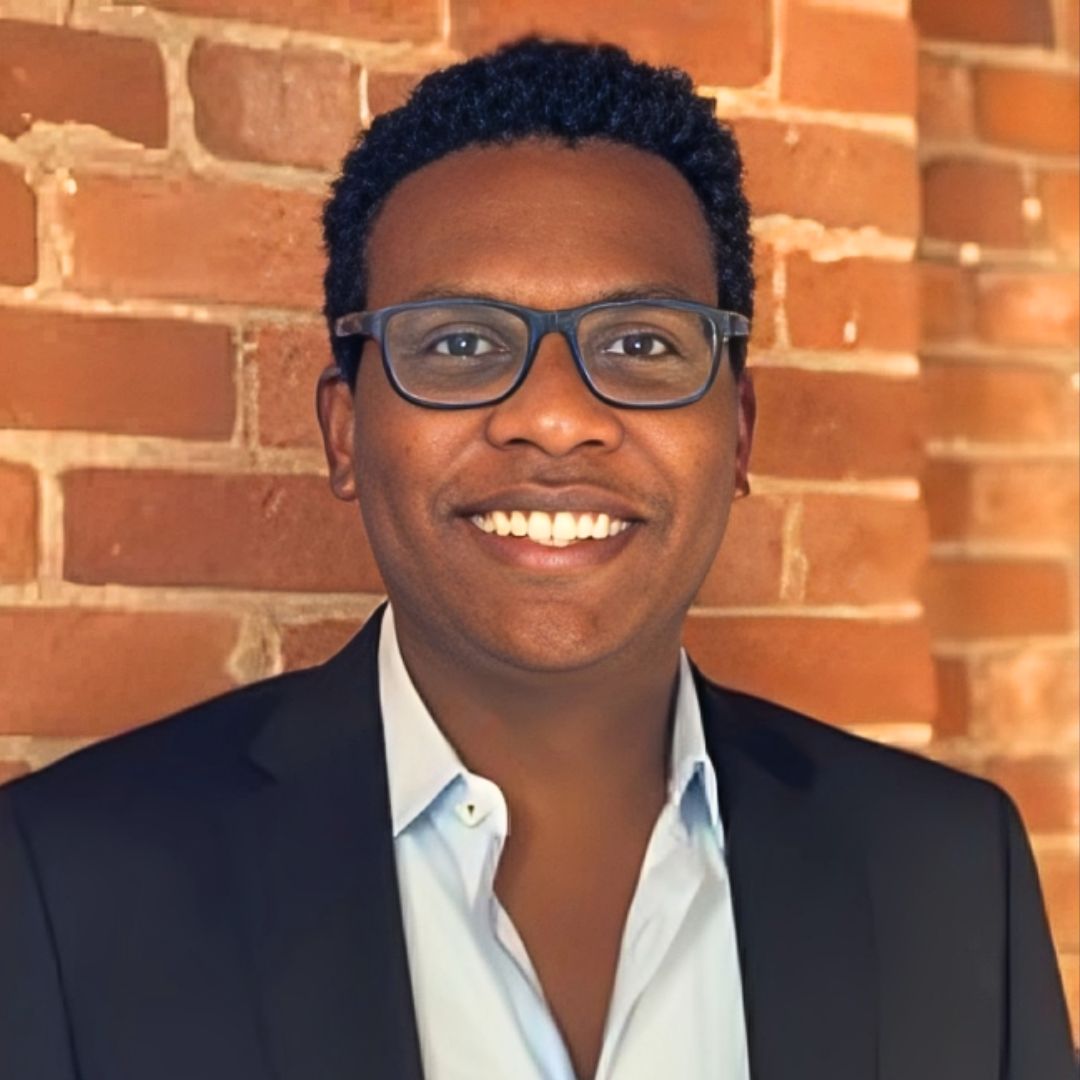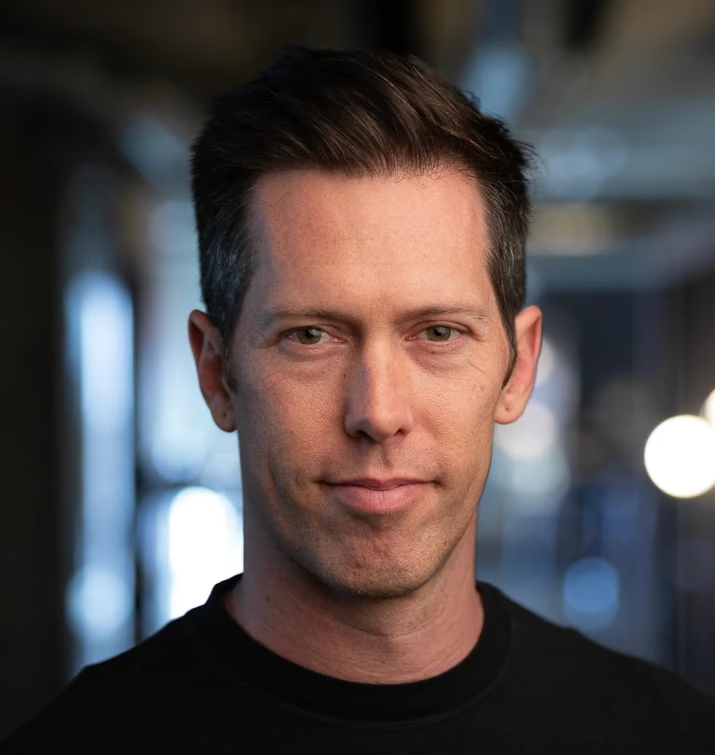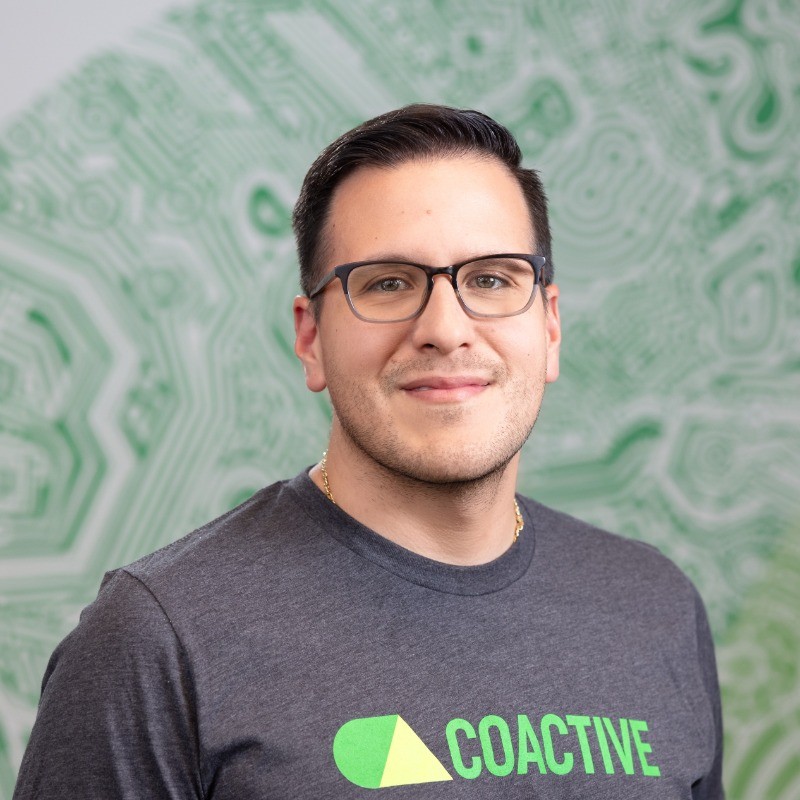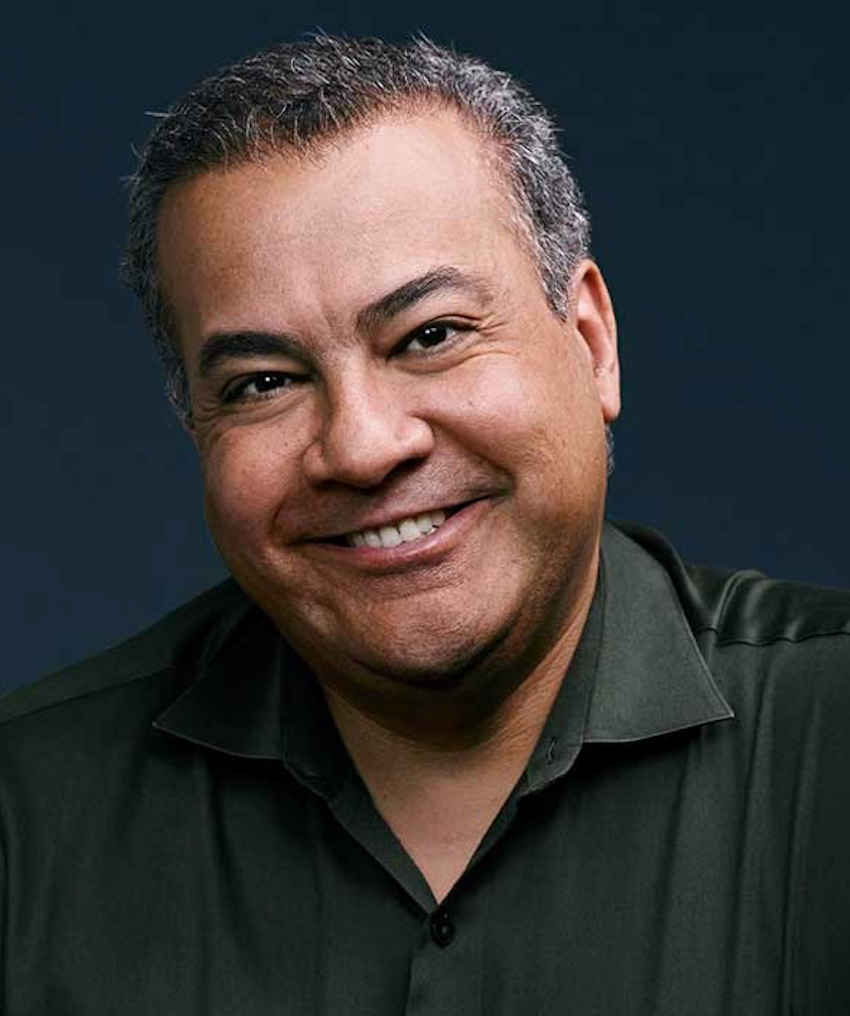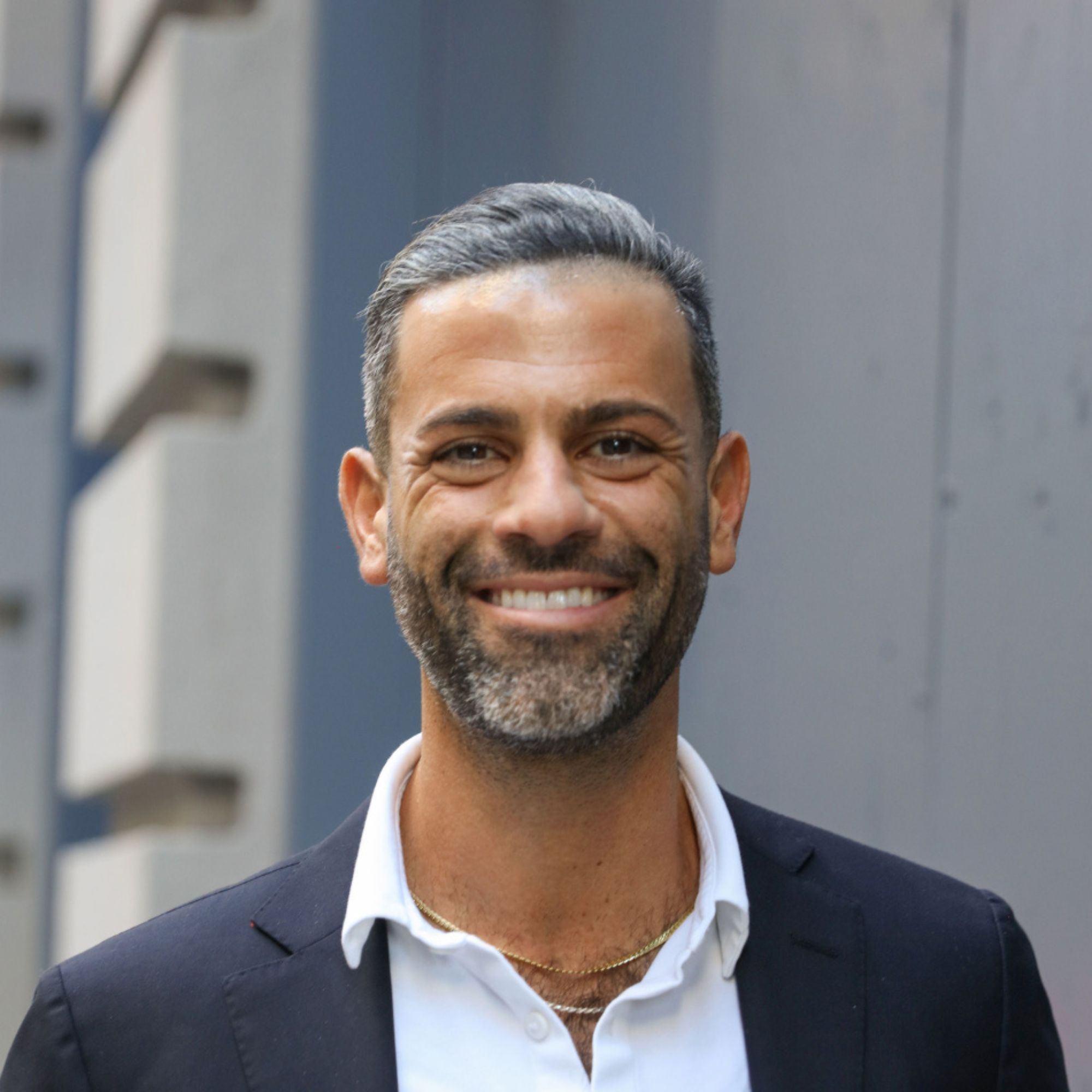Ready to build your own Founder-Led Growth engine? Book a Strategy Call
Frontlines.io | Where B2B Founders Talk GTM.
Strategic Communications Advisory For Visionary Founders
Actionable
Takeaways
Quality-first positioning wins when buyers move past demo amazement:
Ryan observed a critical market shift. Sophisticated buyers now run rigorous bake-offs with training data variability and ask for latency metrics, quality benchmarks, and production performance data. The last three AI deals Assembled closed required detailed competitive evaluations. When messaging emphasizes cost reduction over quality improvement, you lose credibility with buyers who understand that turning off support entirely would be free—they're investing in lifetime value and loyalty creation. Position around the buyer's actual objective hierarchy: quality first, efficiency as validation.
The product-market fit question that encodes your entire GTM strategy:
Ryan's co-founder asked prospects "What is software that you must have or you hate your options?" This single question revealed multiple strategic insights simultaneously: you're targeting painkillers in established categories, pursuing replacement sales against weak incumbents, and entering markets with demonstrated willingness to pay. For Assembled, this naturally surfaced workforce management—a must-have category with Windows 95-era tools serving 20,000-person teams. The question's elegance is how it filters for product-market fit and GTM approach in one conversation.
Access the best through respect signals, not connections:
When hiring his first engineering executive at 15 people, Ryan got an introduction to a former VP of Engineering at Facebook, then explicitly signaled time respect: requested only 15 minutes, clarified he wasn't recruiting, offered availability "Saturday 8pm or anytime," and had specific questions prepared. The call happened at an odd Saturday time. The insight wasn't just learning about "Dual Lands" leadership (a Magic: The Gathering reference)—it was understanding how exceptional minds construct mental models. You can reach these people through investor networks or multi-hop introductions, but earning their time requires demonstrating you'll use it surgically.
Recognize when you're not "the company" to avoid strategic errors:
A top recruiting firm told Ryan "you're not Stripe, so you can't sell people like you're Stripe." At any moment, one Silicon Valley company occupies a unique position—Stripe then, OpenAI now—where normal rules don't apply. That company can eliminate product managers, remove all titles, or make unconventional demands. Understanding you're not in that position prevents catastrophic hiring missteps. Ryan had to recalibrate from Stripe-era patterns where his recruiter became Anthropic's president and his onboarding buddy became OpenAI's president. Your positioning must match your actual market gravity, not your aspirational tier.
Systematize founder storytelling to compound credibility:
Ryan solved founder marketing discomfort by reframing from self-promotion to being an intermediary—sharing customer stories from Armenia, banking conferences, and global contact centers rather than broadcasting opinions. The system: Friday morning sessions with prompts ("interesting things from this week," "near-death moments," "challenges from 1-10M to 10-20M ARR," "why London now?"), team filters for compelling angles, three drafts weekly, then editing. The Science of Storytelling principles apply: narratives demonstrating lived experience build more credibility than thought leadership. This creates a flywheel where audience members surface their own stories in comments and DMs, feeding future content.
Conversation
Highlights
How Assembled Built Customer Support Infrastructure by Rejecting the “Fire Everyone” Narrative
The Klarna announcement made waves across tech Twitter. The fintech company publicly declared they’d laid off 700 customer service agents and planned to eliminate their entire support team, replacing humans with AI. Their CEO Sebastian made it a centerpiece of their IPO narrative. Other companies followed with similar proclamations. Billboards went up across San Francisco promising to help you “fire your humans.”
Then Klarna quietly rolled it back. They brought people back. Their executive team ended up doing customer support themselves.
Ryan Wang, CEO and Co-Founder of Assembled, watched this unfold while building the exact opposite thesis. In a recent episode of Category Visionaries, Ryan shared how Assembled became the AI customer support platform powering Stripe, Robinhood, Salesforce, and contact centers with up to 20,000 agents—by positioning around what buyers actually want rather than what makes good marketing copy.
The Product-Market Fit Question That Encoded an Entire GTM Strategy
It took Assembled eight months to land their first customer. Ryan and his co-founder Brian spent six months “throwing spaghetti at the wall on the wrong thing.” They had connections to support leaders from Ryan’s time at Stripe, but the product direction remained unclear.
Then Brian formulated what Ryan now calls “the product market fit question”: “What is software that you must have or you hate your options?”
This single question encoded multiple strategic filters simultaneously. “Baked into that was a lot of different things,” Ryan explains. “It was must have, it wasn’t one of these vitamins. And so it was going to be a category that already existed where you would have to replace things where you hate your options.”
The question naturally surfaced three critical criteria: established categories with demonstrated willingness to pay, replacement sales against weak incumbents, and buyers actively dissatisfied with current solutions. For Assembled, this revealed workforce management—the scheduling and forecasting software that massive contact centers depend on but universally hate.
“You were going to be replacing things that looked like Windows 95 that were from another generation,” Ryan notes. This wasn’t speculative product development. It was finding must-have software in proven categories where the incumbents had created an opening through poor execution.
The path dependence from this early decision still shapes Assembled years later. Starting with workforce management gave them data infrastructure that later enabled their AI products. “We started with workforce management and then we moved to AI and used our machine learning backgrounds later and then we had the data from workforce management,” Ryan explains. That sequencing—operations infrastructure first, AI automation second—proved crucial to their competitive positioning.
What CEOs Actually Say When You Ask About AI Goals
While competitors flooded the market with “automate everyone away” messaging, Ryan took a different approach: he asked buyers directly about their objectives. “I routinely ask people, hey, how do you think about AI? Are you trying to automate everybody away? Are you trying to make people more productive? What’s your vision for how AI will impact your customer service?”
The consistent answer surprised people expecting cost-cutting mandates: “What I routinely hear from people is, well, what I want to do is improve the quality of customer service. Of course I want to do it efficiently, but that’s the check metric. I want to have quality before I do it efficiently.”
Ryan articulates why this hierarchy makes strategic sense: “Everybody can get free customer support. You can make all of the cost of your customer support go away just by turning it off. You could just not have it in the first place.” Free support exists—you simply don’t offer it. The reason companies invest in support is lifetime value creation. “When somebody’s super ticked off, they are going to get a good experience and they’ll be a fan for life, or they’re going to get a bad experience, or they’re going to hop on Twitter, just absolutely go viral with some negativity.”
This insight separated Assembled from competitors leading with headcount reduction promises. Quality improvement with efficiency validation versus cost reduction with quality as an afterthought—the messaging difference reflected fundamentally different product philosophies.
From Demo Amazement to Sophisticated Bake-Offs
Ryan observed a critical market evolution in how enterprise buyers evaluate AI support tools. “The last three AI chat agents deals that we did, it was bake off, bake off,” he explains. “And those bake offs, I would say were pretty sophisticated in terms of how they’re putting together the training data and the different types of the variability of the situations they want to put you through.”
The evaluation criteria shifted dramatically. “Early on it’s easy to put yourself out there and say, we’re automating away. And now there’s just a lot more nuance in the field,” Ryan notes. Buyers moved from “okay, the demo is great, your voice demo is amazing” to asking “How does that work in production? Tell me your latency metrics. Not just what are the features, but what is the quality? Show me your quality benchmarks.”
This maturation cycle happened remarkably fast. “That was very beginning of 2025,” Ryan observes about the “AI will automate everything” messaging. Within months, “orchestration is in, human plus AI is in.” The market passed through demo amazement into demanding production proof.
Companies that built messaging around aggressive automation struggled when buyers wanted evidence that quality wouldn’t degrade at scale. Assembled’s positioning around orchestrating humans and AI positioned them well for this shift.
Accessing World-Class Operators Through Time-Respect Signals
Ryan learned from Patrick and John Collison at Stripe that they “would literally try to go interview the best people in the world for a given function that they were trying to hire.” Not to recruit them—to understand how exceptional minds construct mental models.
When Assembled needed to hire their first engineering executive at 15 people, Ryan applied this approach. He got an introduction through an investor to a former VP of Engineering at Facebook, then constructed his outreach to signal extreme respect for the person’s time: “I just want 15 minutes and here’s what I want to pick your brain. I don’t want to waste your time. I’m not trying to sell you anything. I’m not trying to recruit you. I know we can’t recruit you.”
The critical signal: “You can call me at any point in time, like Saturday, 8pm. Happy to talk to you.” Ryan clarifies: “And I think I talked to him at a really odd time on a Saturday.”
The conversation delivered insights a job description never would. “He talked about this concept called Dual Lands. He’s like, yeah, you can have Dual Lands leaders. This concept from Magic the Gathering,” Ryan recalls. “And I just thought, okay, just the way the mind works and the way he explained it, that maybe leaves you with a picture of how this person contemplates the world.”
The process works because “when people can tell that you’re serious about learning, they really are quite generous with their time.” The access barrier isn’t connections—it’s demonstrating you’ll use their time surgically for learning rather than pitching or recruiting.
The Reality Check: You’re Not “The Company”
During that same executive search, a top-tier recruiting firm delivered Ryan a harsh truth: “You’re not Stripe, so you can’t go out and sell people like your Stripe.”
Ryan’s initial reaction: “I was like, well, no shit, we’re not Stripe. Like, what does that mean?”
But the insight proved essential. “At any given moment there’s one company in Silicon Valley who’s the company,” Ryan explains. The slot rotates—”Stripe’s not Stripe anymore. It’s OpenAI. Somebody will take that from them too.” When you occupy that position, “you can pretty much talk to anybody. You can tell them, you know what, we don’t have product managers here, or you know what, we don’t have any titles here. Everybody’s a member of technical staff.”
The lesson isn’t pessimistic—it’s calibrating to reality. Ryan had worked at Stripe when “my recruiter at Stripe was Daniela Amodei and now she’s president at Anthropic. The person who did my first week onboarding was Greg Brockman, and now he’s president at OpenAI.” That talent density and market gravity doesn’t transfer to your 15-person startup regardless of pedigree.
“You can do things when you’re that company that you can’t when you’re not. And that took us some time to understand,” Ryan reflects. The alternative—pretending you have OpenAI’s market position when making hiring pitches—leads to systematic failures.
Converting LinkedIn Discomfort Into a Storytelling System
Ryan admits profound discomfort with founder marketing: “I’m not somebody that loves telling people about myself. When people ask me about my history or my background or my hobbies, like it’s always… So it was very uncomfortable for me to get on LinkedIn.”
His marketing team pushed him: traditional channels weren’t working at the same efficiency. Ryan agreed on one condition—if it would genuinely help the business, he’d “suck it up.”
The breakthrough came from reframing his role: “People don’t want to hear you spout off on opinions. What actually is interesting is telling real stories that demonstrate real credibility from just things that you’ve done.” Instead of self-promotion, Ryan became an intermediary sharing customer stories.
“I was in Armenia three, four weeks ago and it was just, hey, here’s some things from a conversation that I had with the customer support manager from Armenia and he was in the army and worked in IT,” Ryan explains. The content focused on what he learned from a contact center manager in Yerevan rather than opinions about the future of AI.
The system emerged through iteration: “There’s a Friday morning. Every single week, there’s a couple different prompts.” The team uses questions like “Tell me interesting things that have been happening to you over the last week,” “What were some of the early life and death challenges?” “What was the biggest problem to get from 1 to 10 million, to get from 10 to 20 million, to get past 20 to 30 million?” and “Why did you launch in London at this stage?”
“We put together three drafts a week and then kind of run through it and edit it,” Ryan explains. The systematization matters because “it takes a lot of time to get this stuff right.” Without structure, “it was super haphazard. And I would just post stuff as it came to mind. But it takes a lot of time to get this stuff right. Or even just I would be tweaking. I would be tweaking, but not the parts that really matter.”
Ryan notes that most LinkedIn success stories have infrastructure behind them: “The people you see who are going viral on the platform or kind of like routinely churning out systems, I would say 90, 95% of them have a system underneath it.”
The approach creates a compounding advantage: “There’s this kind of nice positive flywheel effect. I think it was very uncomfortable to get out going, but once you start telling stories and you realize, hey, I’m just here being the intermediary, then it becomes actually really fun.”
The Complexity That AI Hammers Miss
Ryan pushes back hard against characterizing contact center work as simple or repetitive. He describes visiting a Dallas customer with 7,000 agents doing “pretty gnarly KYC compliance, fraud, review type of work.”
The actual workflow: “You just imagine somebody who has a monitor, has a laptop, has a monitor, and one monitor they’ve got two internal tools built by the end customer, and then on the other monitor they’ve got two external tools that they’re just using to scrape information and they’re compiling notes on their laptop in their Google Doc. And it’s just hitting refresh to get some AI data from the internal tool and then doing some investigation on this side and then copying notes over and then rinsing and repeating.”
This complexity explains why aggressive automation narratives fail in production. “The MIT study about AI kind of not landing because of change management or not landing because of integrations that deeply resonated to me,” Ryan notes. “This person just had so many different tools that they were using and those tools are not fundamentally accessible to AI.”
The integration challenge remains unsolved: “Today the tools that we have aren’t able to integrate with all the systems that you need to accomplish all the work that customer support is doing.” Even if foundation models improve, “maybe it’s MCP, maybe it’s browser use,” the systems integration problem persists.
The result: “People aren’t necessarily going away. And if you go ask industry experts all across the board, most of them have a much more nuanced view. It’s like, yeah, a lot of this work will get automated, but then you’ll start to see people shift towards harder things that aren’t totally repeatable, that do require some judgment.”
Assembled now powers this orchestration at scale. Their AI agents handle 70-80% of straightforward tickets while humans focus on cases requiring judgment across multiple systems. The company’s largest customer operates a 20,000-person contact center using Assembled for “automating, forecasting. How many phone calls, how many emails are you going to get? We’re handling their staffing, planning. So how many people do you need? And you can think of it as well as a giant Google calendar for 20,000 people at a time, who’s working on what at what times?”
Ryan’s long-term vision extends beyond customer support to what he calls problems that “rhyme with general operations.” The company already works with trust and safety teams. The opportunity spans “generalized back office work” and operations challenges across industries—Ryan uses flight operations as an example, noting “workforce management problems exist in flight.”
As Ryan frames it: “The Wright brothers weren’t thinking about, oh, what’s this going to look like? The lines for the TSA when we invent flight, they’re just like, we’re going to do flight. But then afterwards all of our experience is spent in the kind of operations around it.” Assembled positions to become the infrastructure behind operational experiences at scale.






